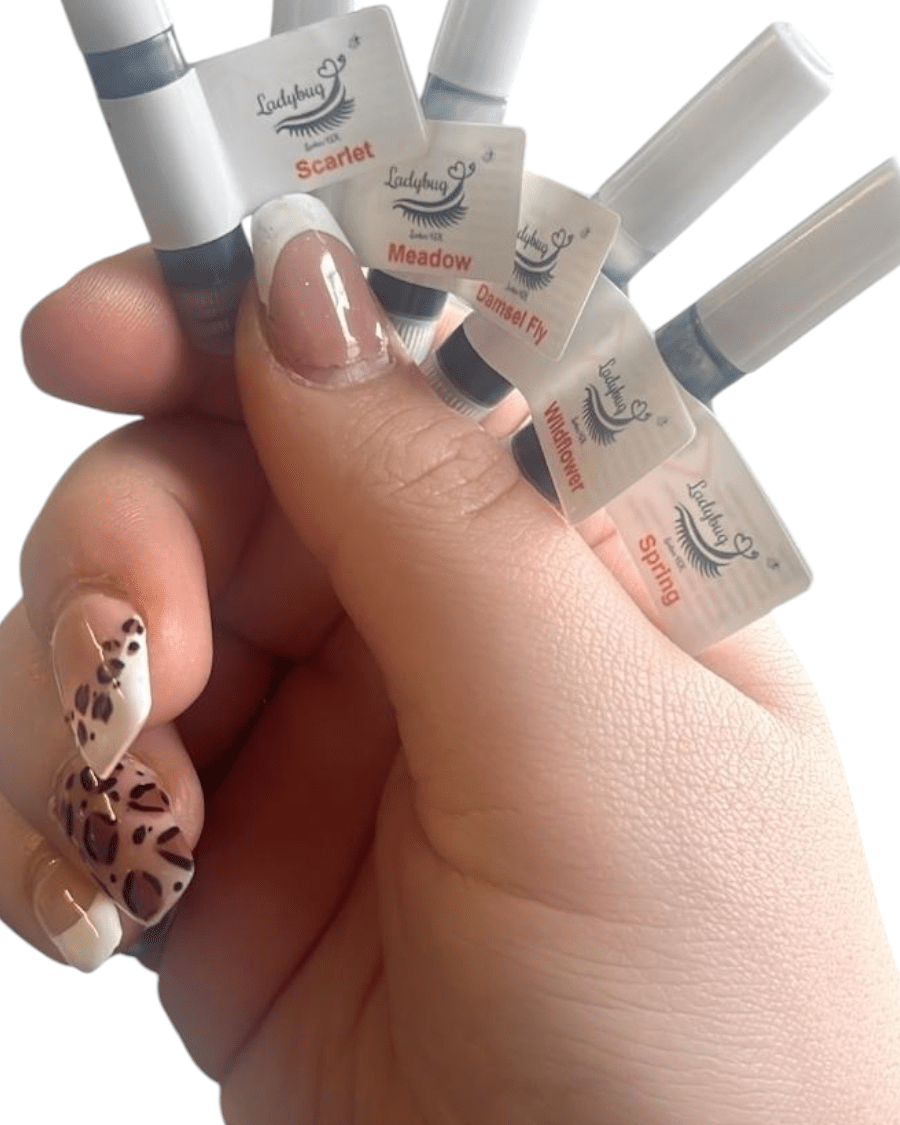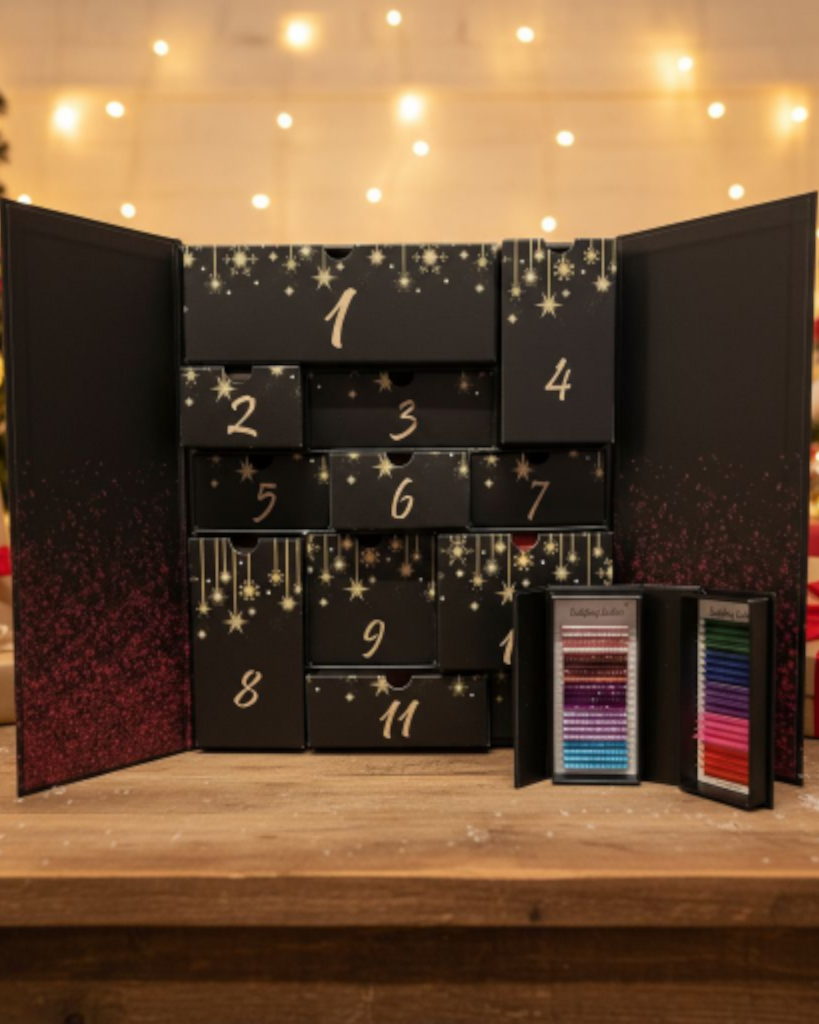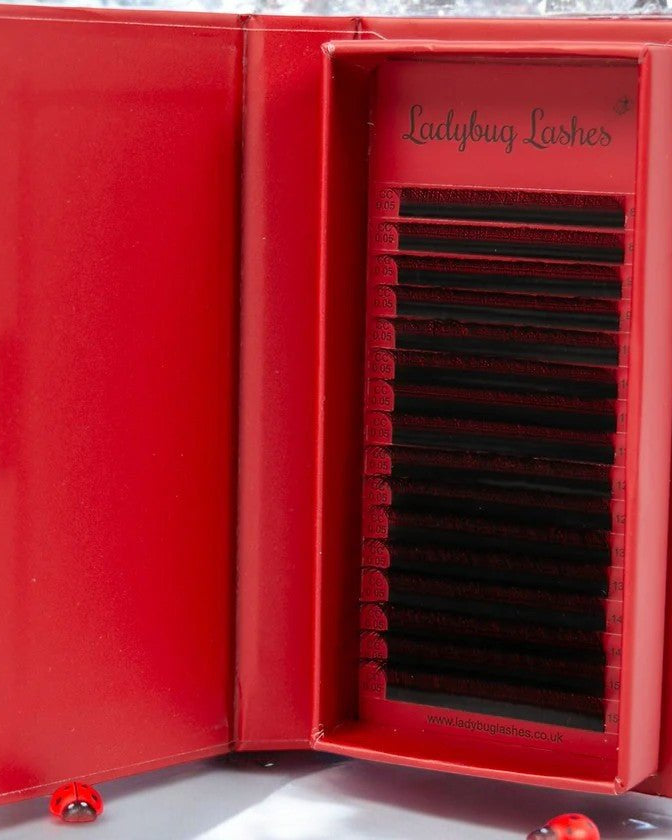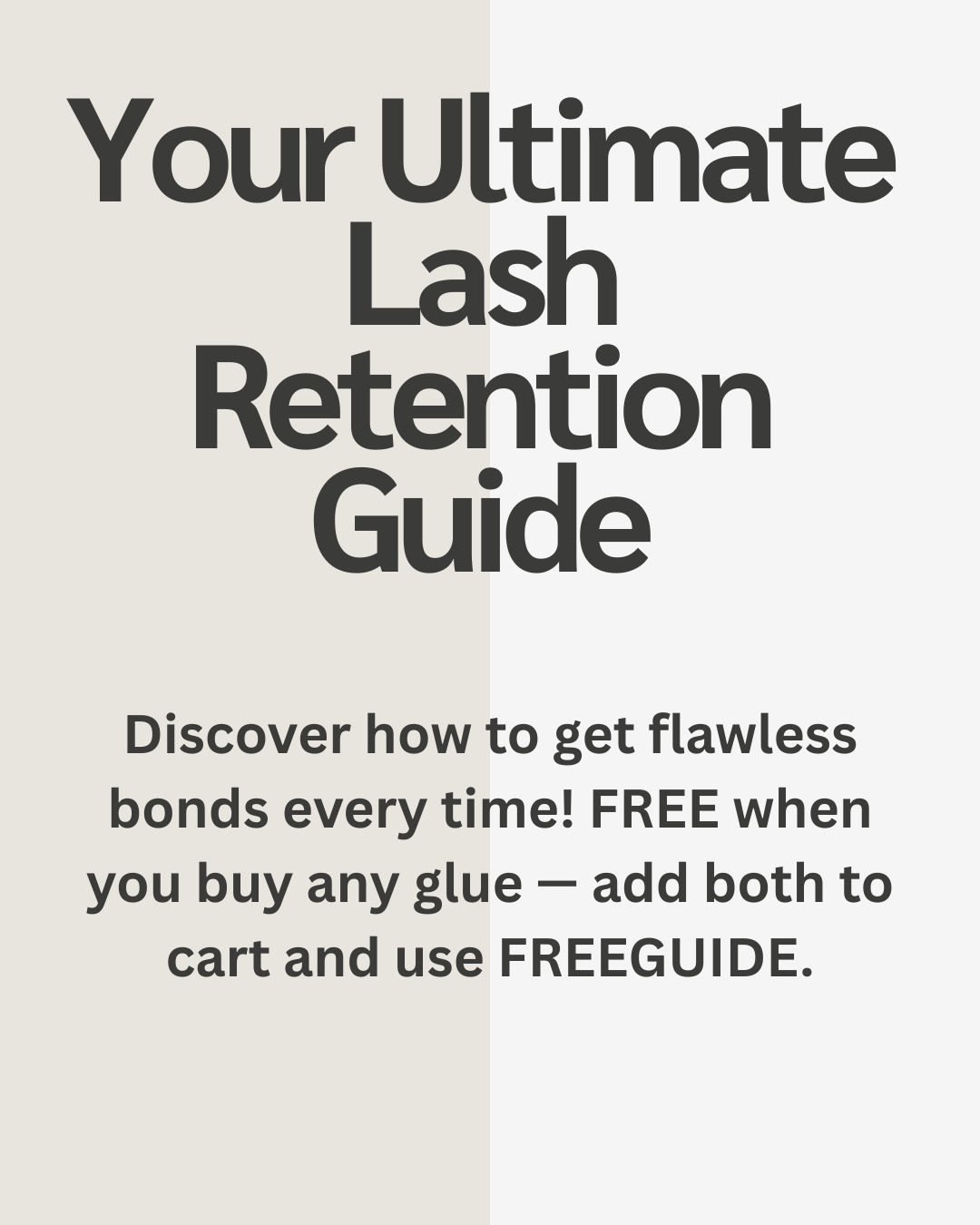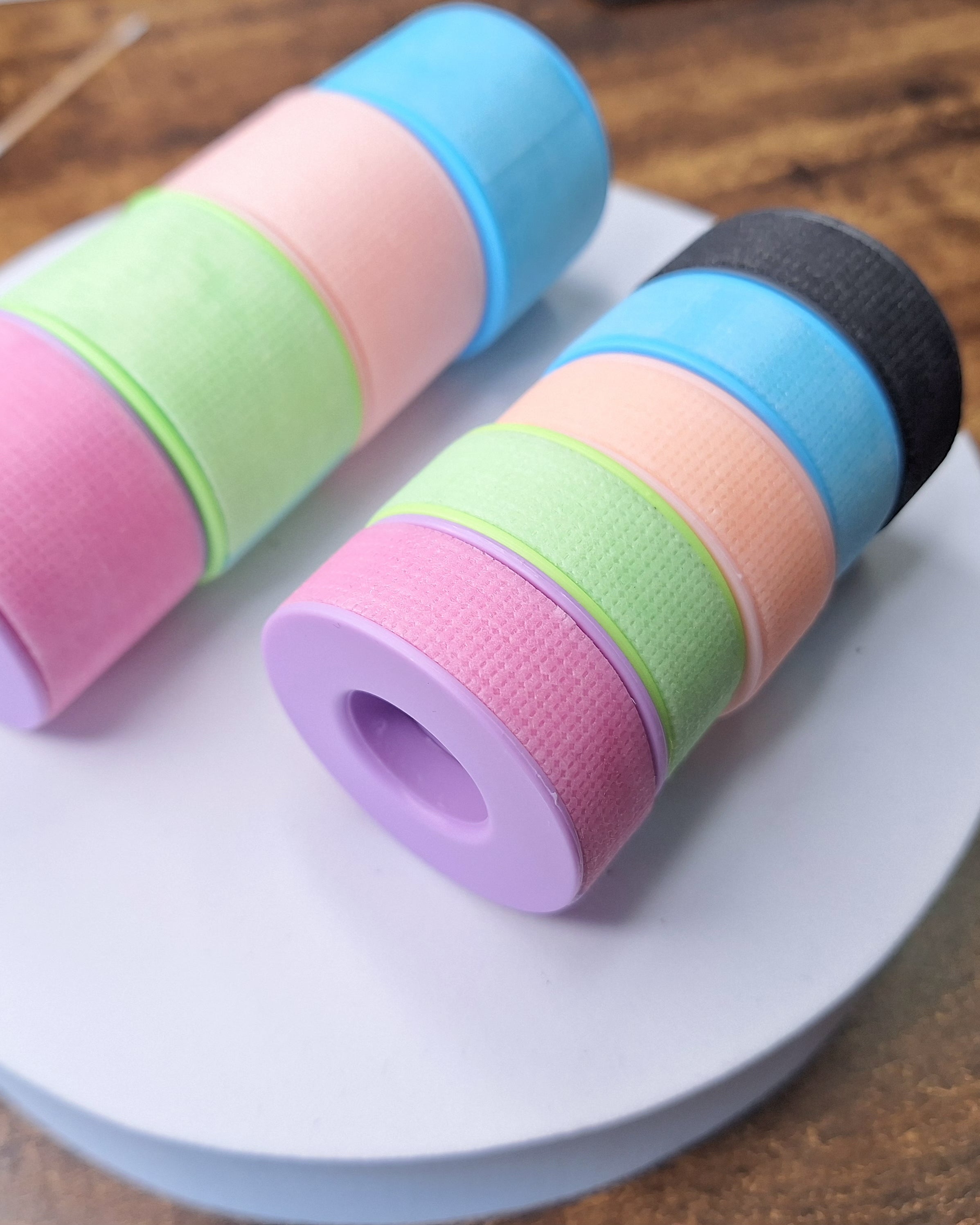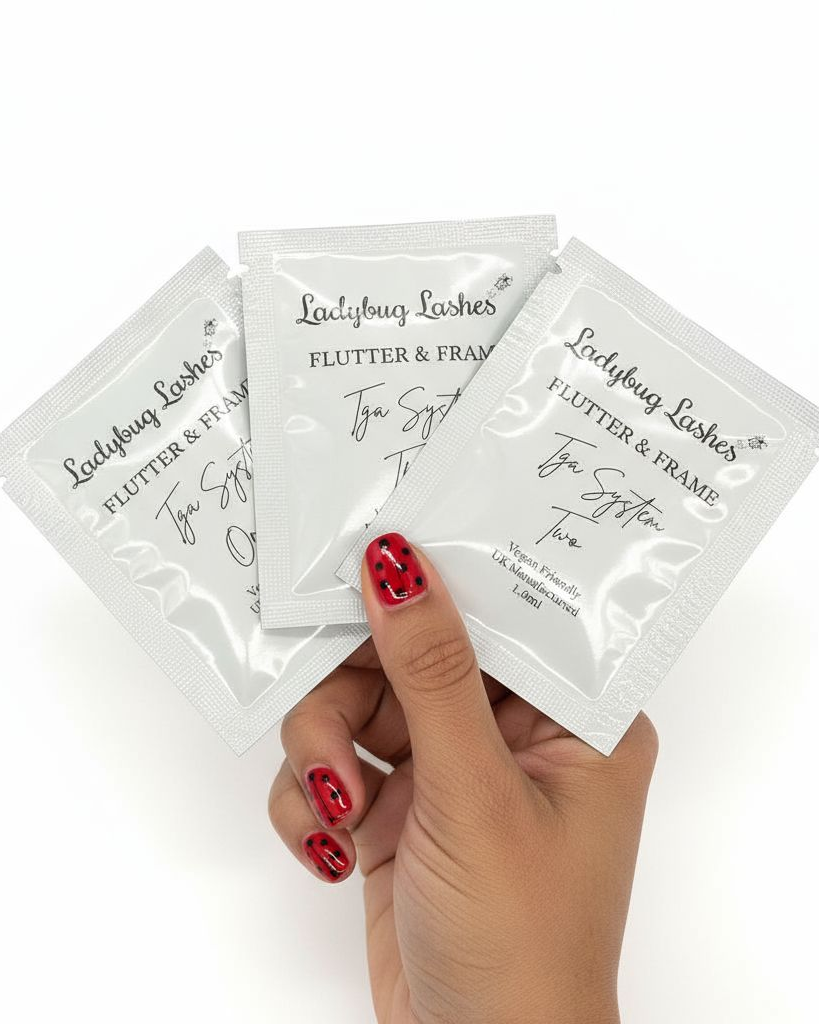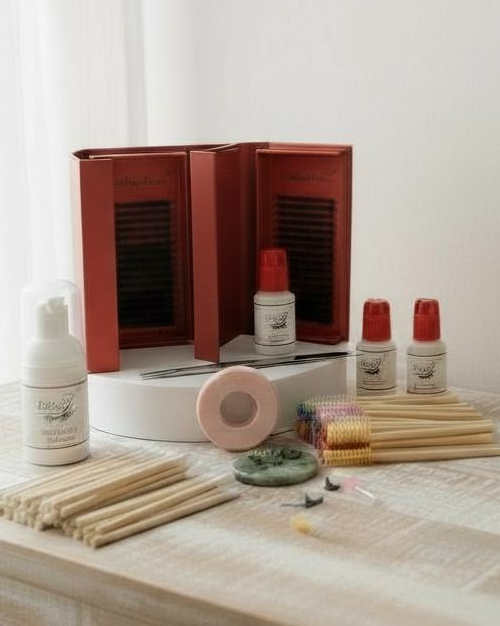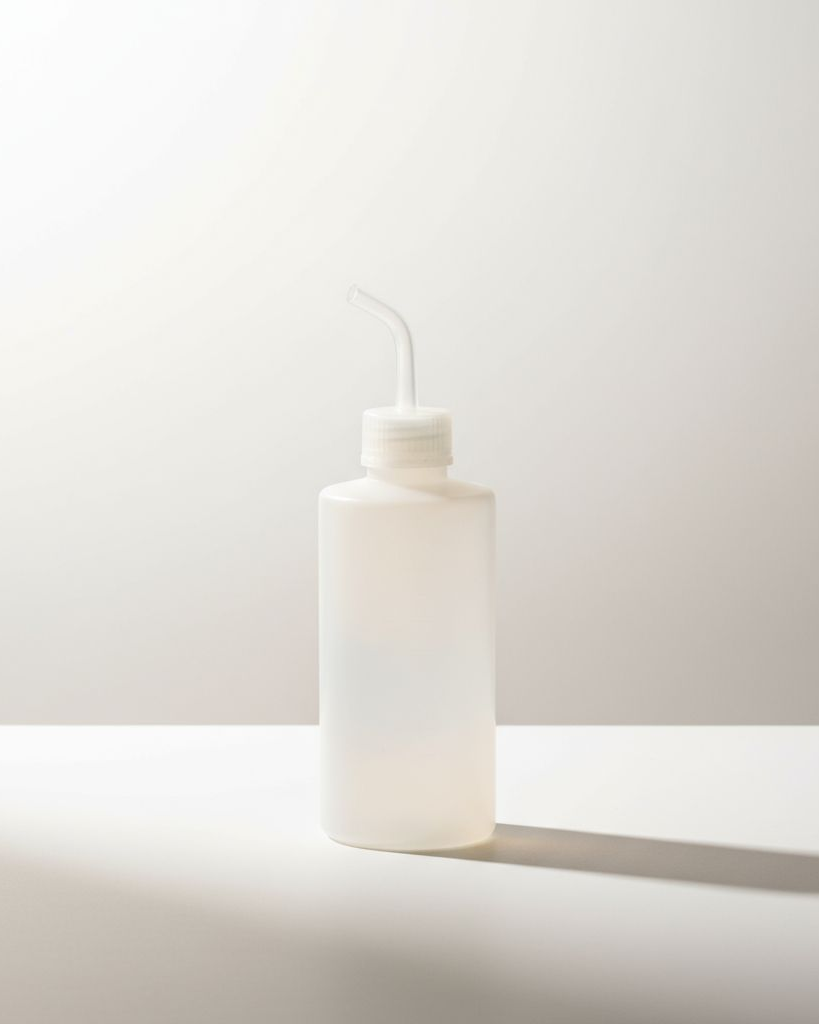![]()
![]()
![]() What Causes Lash Glue Allergies
What Causes Lash Glue Allergies
Allergies to lash adhesives are more common than most artists realise — and they’re not always caused by the glue you're using today. Sometimes, clients have previous exposure to poor-quality adhesives, often from industrial-grade glues used in nail salons or by untrained lash technicians.
That kind of exposure can build up sensitivity over time, eventually triggering allergic reactions — even with high-quality, cosmetic-grade products.
However, checking the products you are using is vital to ensure you are not exposing them to industrial grade products.
1. Cyanoacrylate – The Base of All Lash Glues
Cyanoacrylate is the core ingredient that gives lash glue its bonding power — it’s what makes extensions actually stay on.
Here’s the key difference:
-
Industrial-grade cyanoacrylate (the type used in super glues or construction adhesives) is not purified for skin contact. It contains higher levels of impurities, releases harsher fumes, and cures at a faster, hotter rate, which can irritate the eyes, skin, and respiratory system.
-
Cosmetic-grade cyanoacrylate, on the other hand, is refined and stabilised specifically for use near the eyes and skin. It meets strict purity and safety standards, minimising harmful byproducts and making it far gentler for lash application.
So when we say “cosmetic-grade matters,” we mean it literally. Industrial formulas are made for surfaces — not people.
Pro tip: Ask your client if they’ve ever had a nail allergy (red, itchy, swollen fingers after acrylics or gel nails). That’s a major clue they may have an acrylate sensitivity.
2. Carbon Black – The Pigment in Black Glues
If your client has reacted to mascara or eyeliner, carbon black could be the culprit. If not, it’s usually safe — but if you’re unsure, switch to a clear adhesive and monitor their reaction.
3. Stabilisers – The Hidden Troublemakers
Stabilisers keep lash glue from breaking down too quickly, but not all are created equal. Some are highly allergenic — and many suppliers don’t even list them - request a copy of your MSDS sheet and check our blog how to read an MSDS sheet to spot if yours is fake.
Ingredients to Avoid in Lash Adhesives
Hydroquinone
-
Cosmetic-grade lash adhesives in the UK/EU are safe.
If hydroquinone is included, it is present only in extremely small, legally controlled amounts that sit far below the safety limit. These micro-amounts act as stabilisers and do not pose a risk when used correctly.
Imported, non-cosmetic-grade lash glues are where the danger lies.
Many contain far higher levels of hydroquinone than legally permitted, increasing the likelihood of irritation, allergic reactions and long-term sensitivity.
Polyisocyanate
-
Common in industrial adhesives
-
Causes skin irritation, asthma, and even chemical pneumonia
-
Should never be used near the eyes
N-Methyl-2-pyrrolidone (NMP)
-
Linked to fertility and developmental issues, as well as respiratory
-
Used because it’s cheap, not safe
Phthalic Anhydride
-
Can cause rashes, breathing issues, and reproductive harm
What We Use
After two years of research, we chose BHA (Butylated Hydroxyanisole) as our stabiliser.
BHA is globally approved for cosmetic use and provides reliable glue stability without harsh side effects. It’s gentler on eyes and skin — and we’ve seen a significant drop in client reactions since switching.
How We Go Above and Beyond
Unlike many lash glues on the market, ours meet full cosmetic safety standards, even though lash adhesives aren’t legally required to.
That means:
-
Transparent ingredient listings
-
Global compliance with major cosmetic regulations
-
Science-backed testing and ethical sourcing
We’re not just using the word “safe” — we’re backing it with research, integrity, and real-world results.
Trusted Worldwide
From new artists to seasoned professionals, lash technicians around the world trust Ladybug Lashes for adhesives that deliver both retention and reassurance. Our glues aren’t just lash-friendly — they’re client- and artist-friendly too.
Final Word
If you’ve ever had a client react and couldn’t figure out why, you’re not alone. Allergies are complex, and they’re not your fault. But education, transparency, and truly cosmetic-grade formulas make all the difference.
Choose wisely. Ask questions. Demand transparency.
Because great lashes should never come at the cost of your client’s health.
Ready to make the safe switch?
Join the Ladybug Lashes family — where safety meets serious retention.

